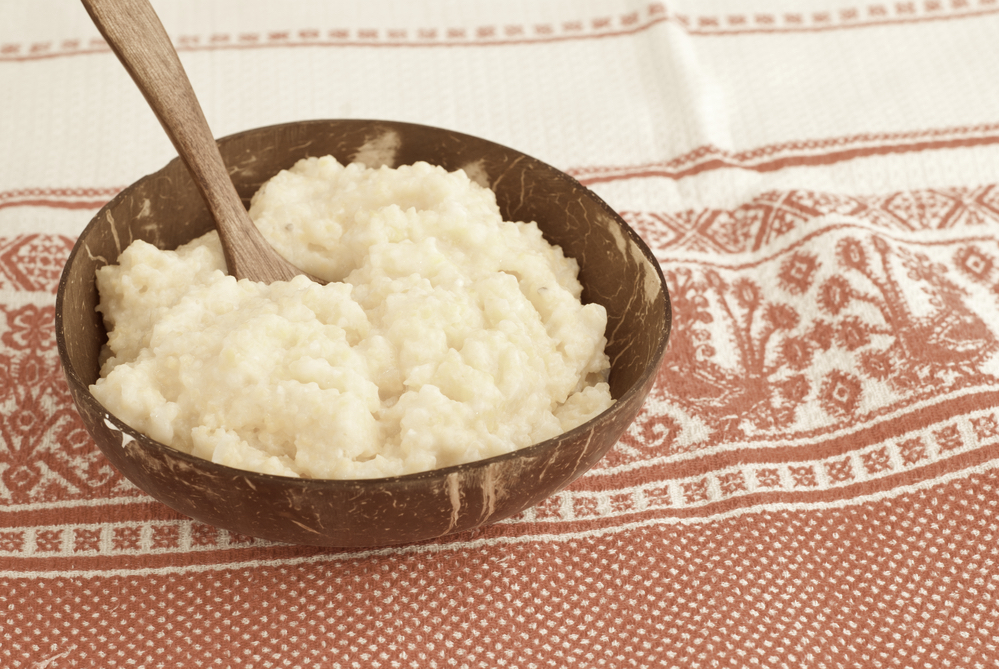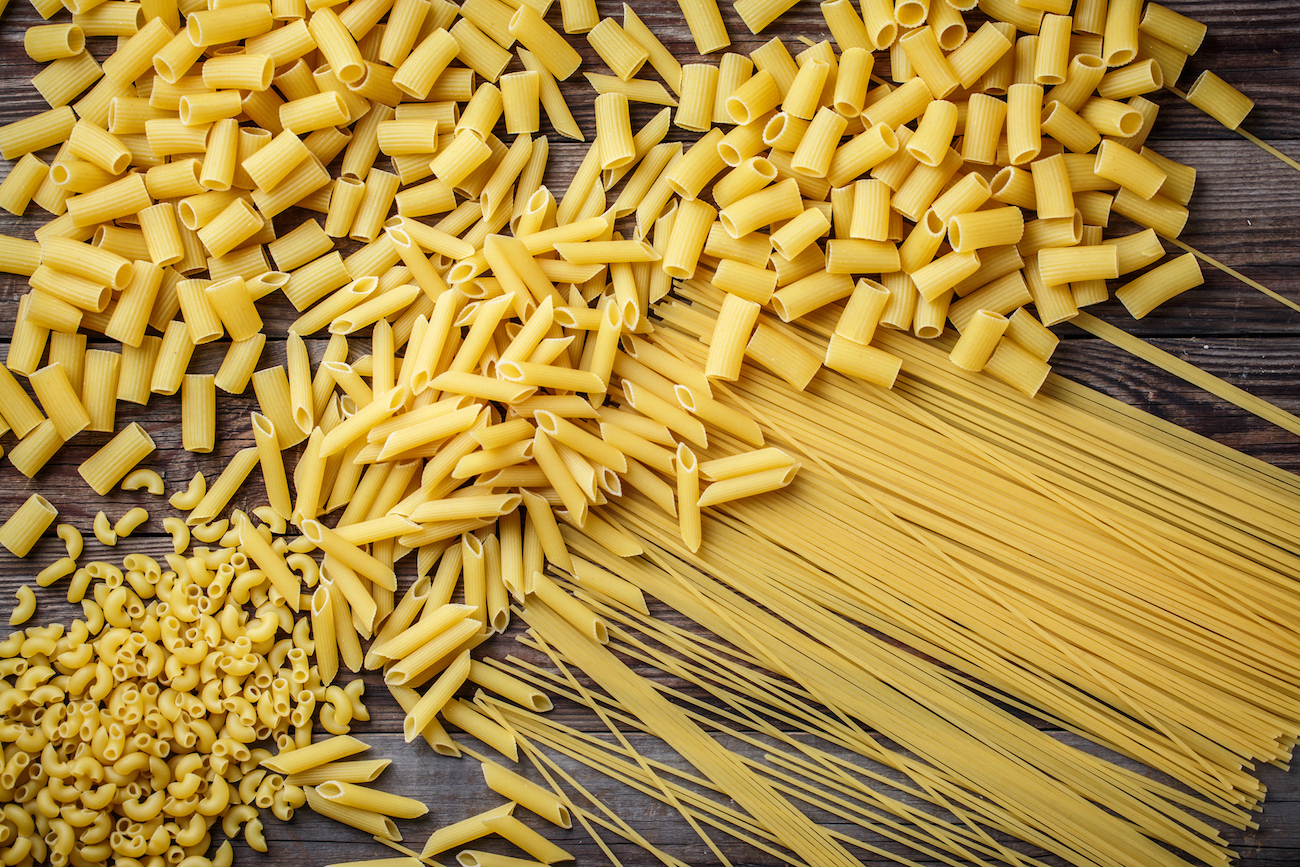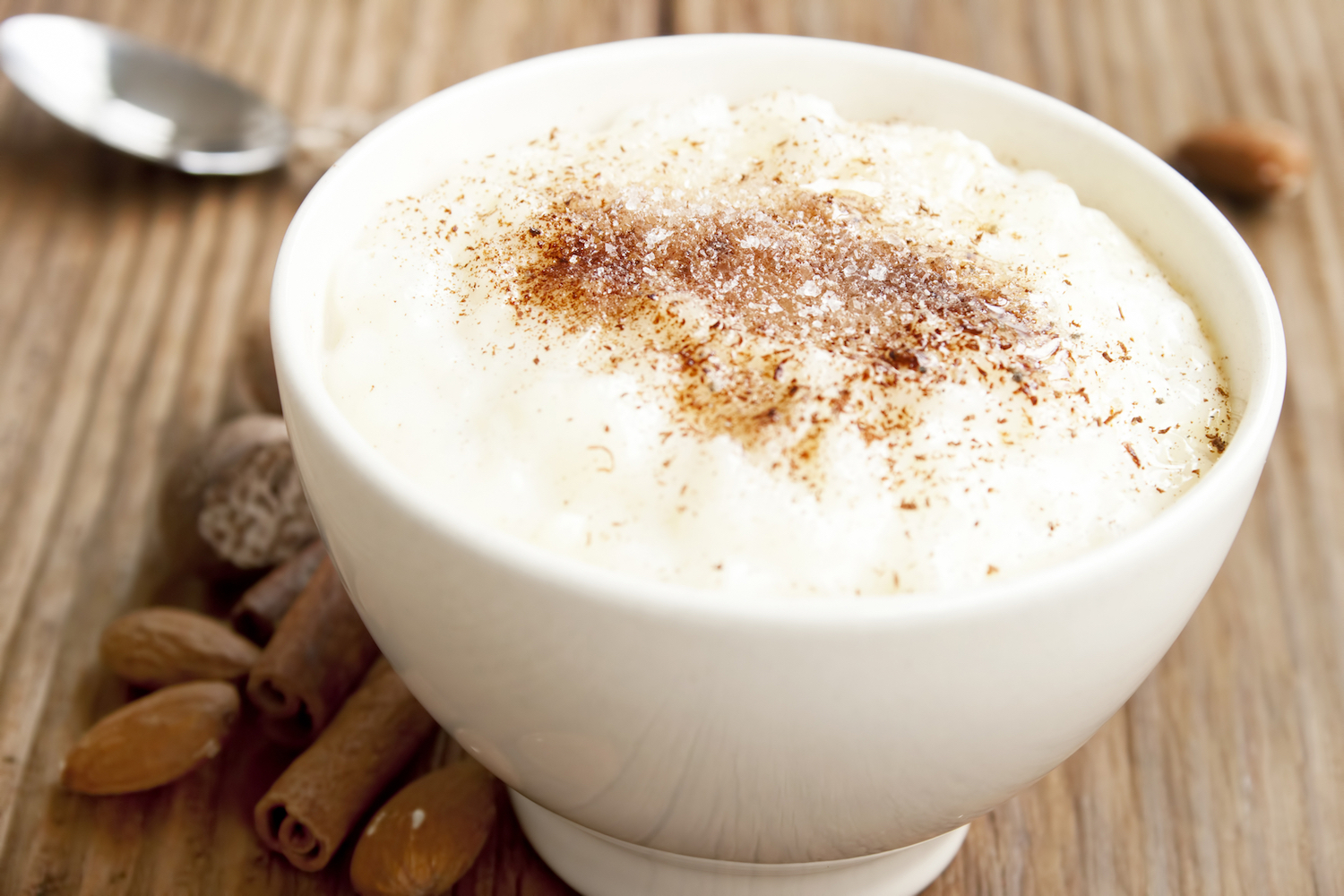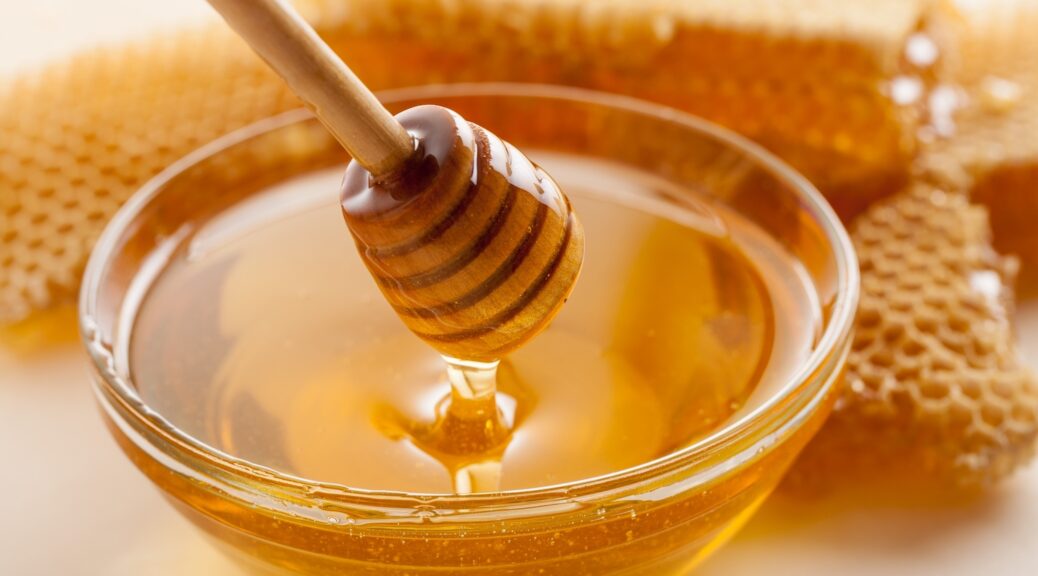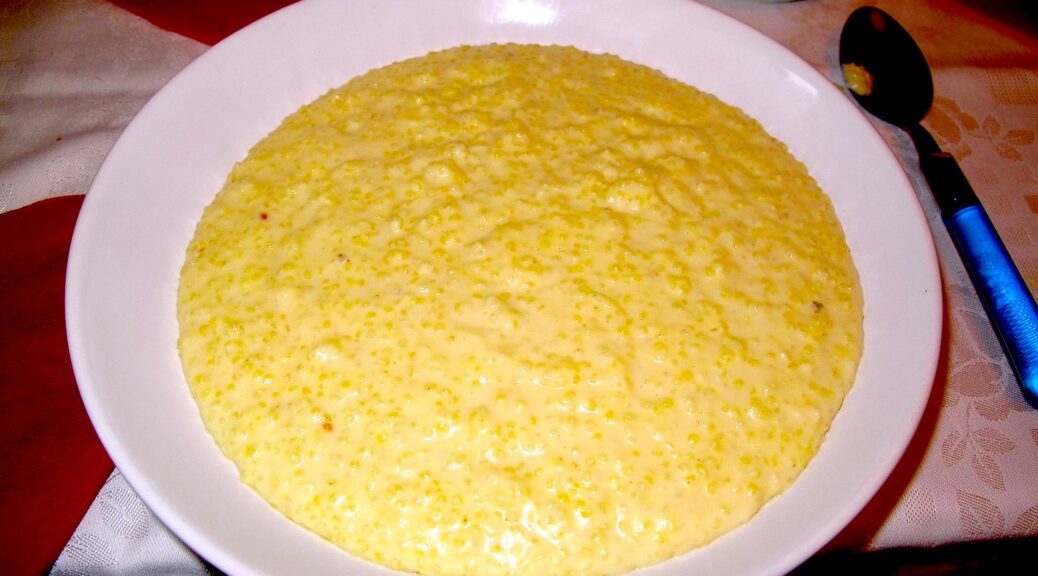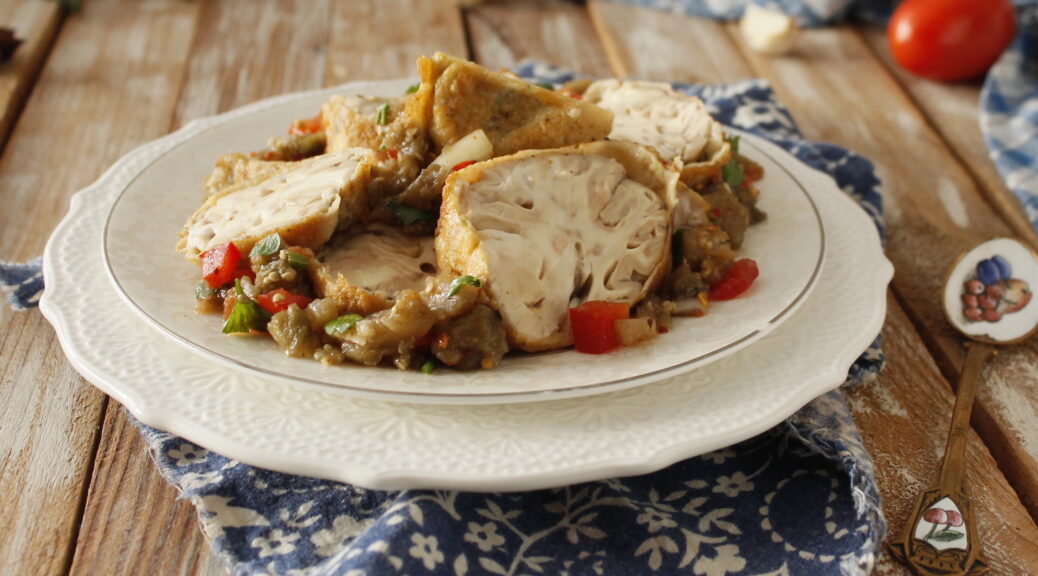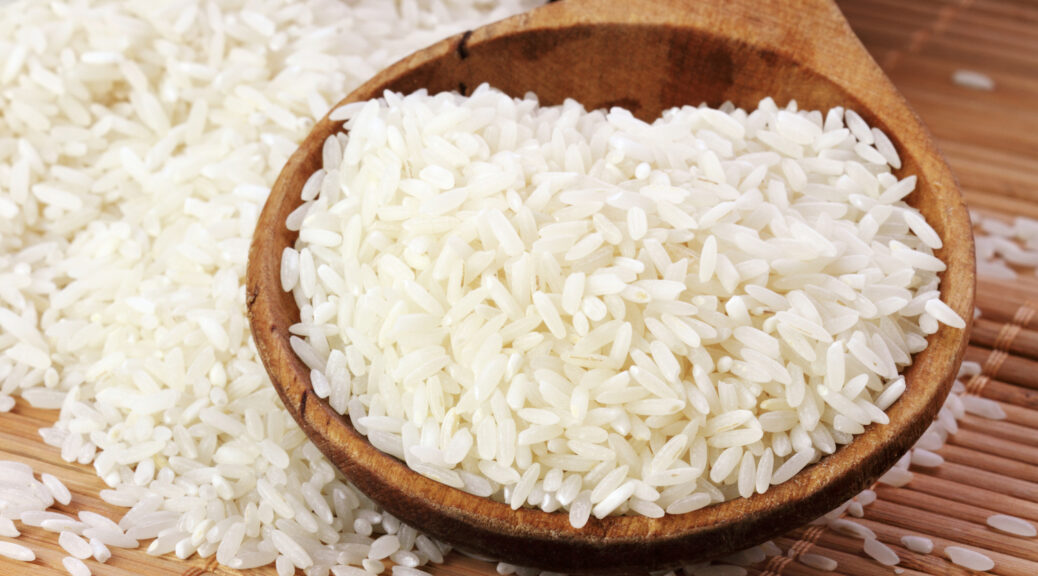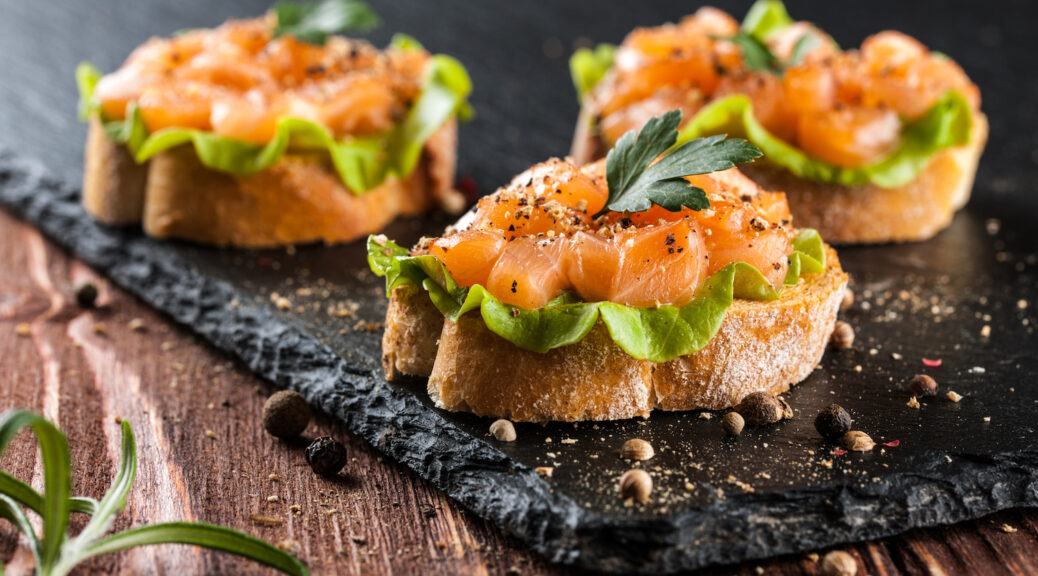How to Make Mush and Porridge
Mush and porridge were cheap, nourishing meals in the 1800s, but the grains had to be cooked many hours. There were no instant hot cereal mixes like there are today. Mush and porridge were often cooked the night before in order to be ready for breakfast. INFORMATION BELOW FROM 1800s COOKBOOKS MUSH AND PORRIDGE Mush is meal or grain cooked in water to the consistency of rather thin pudding. The most important point connected with the preparation of these is…
